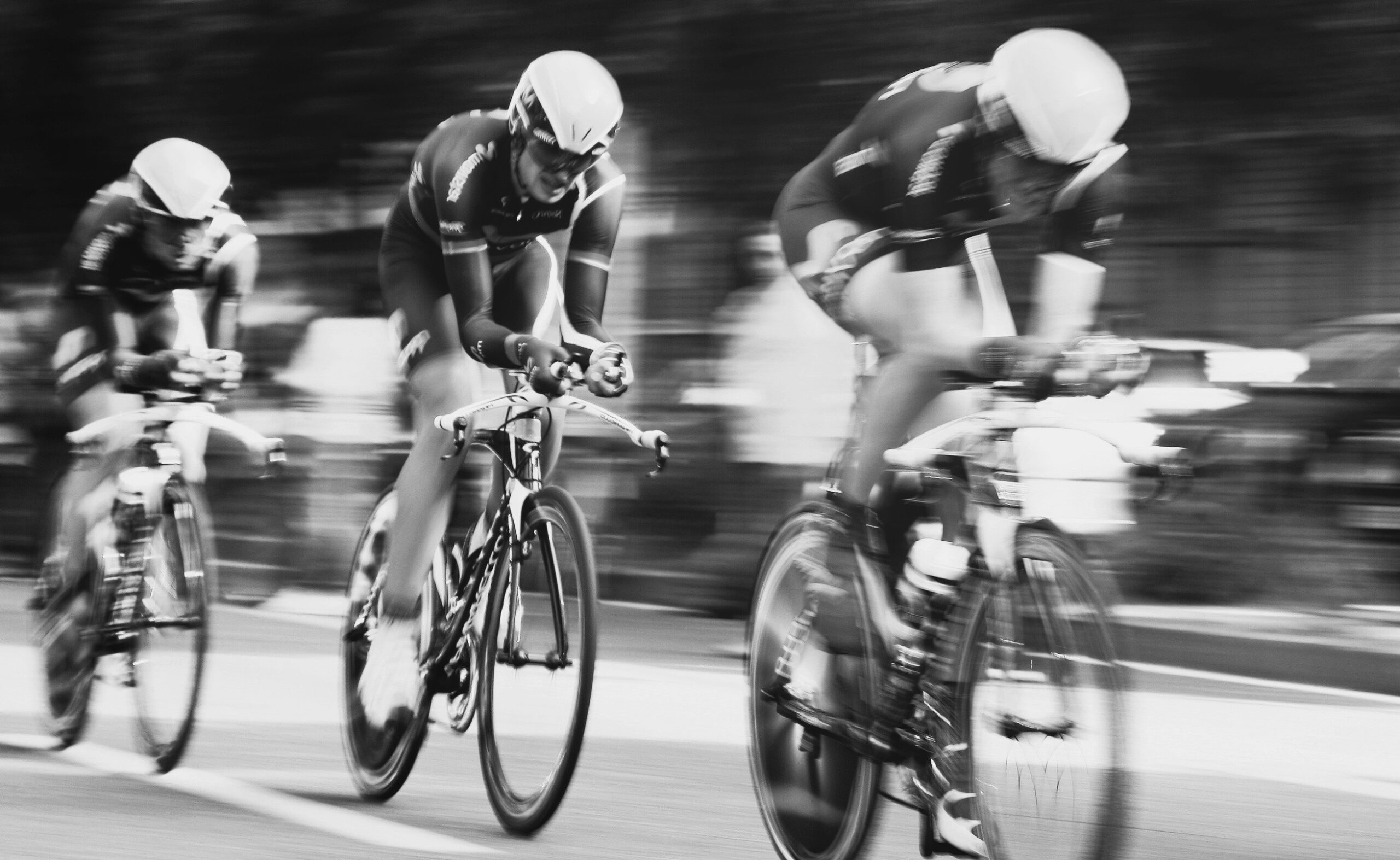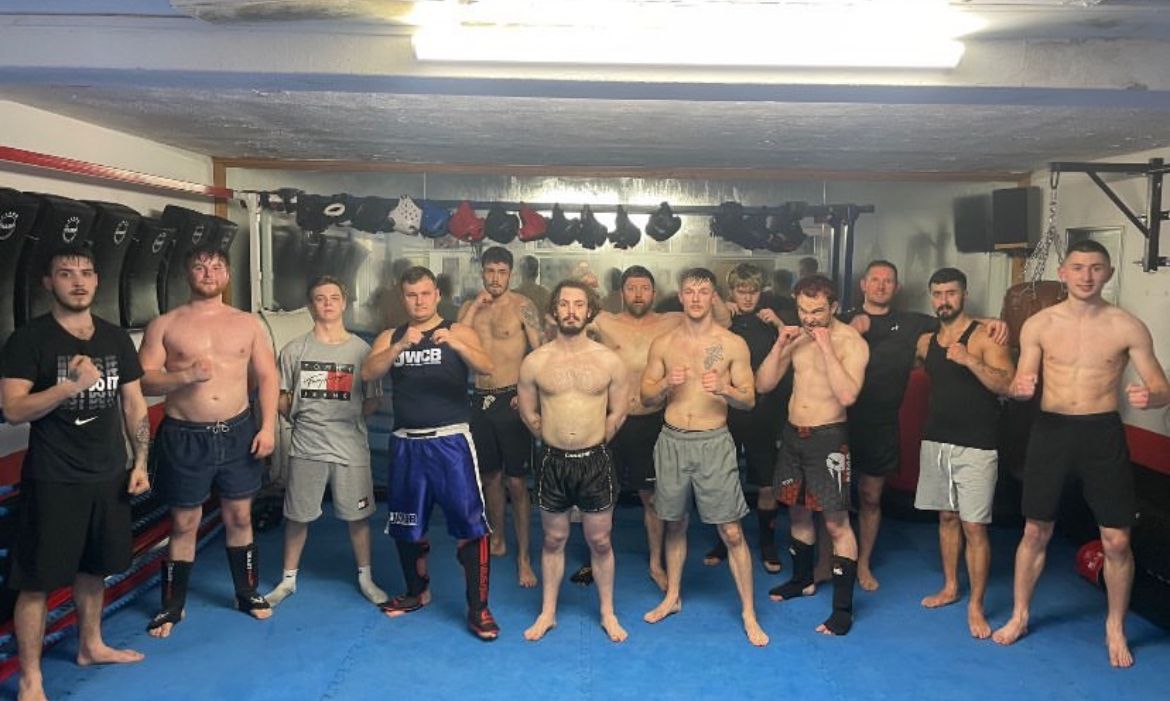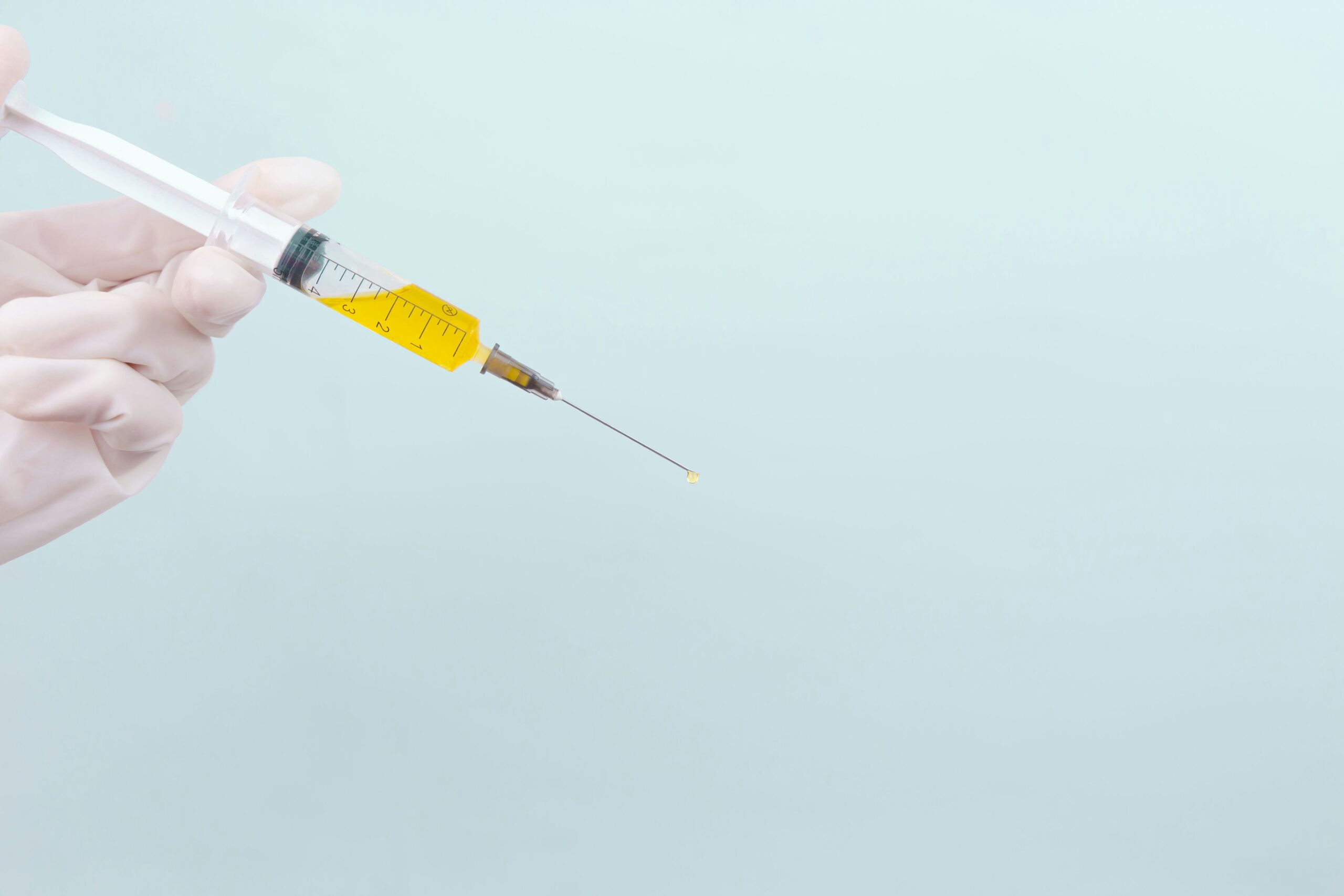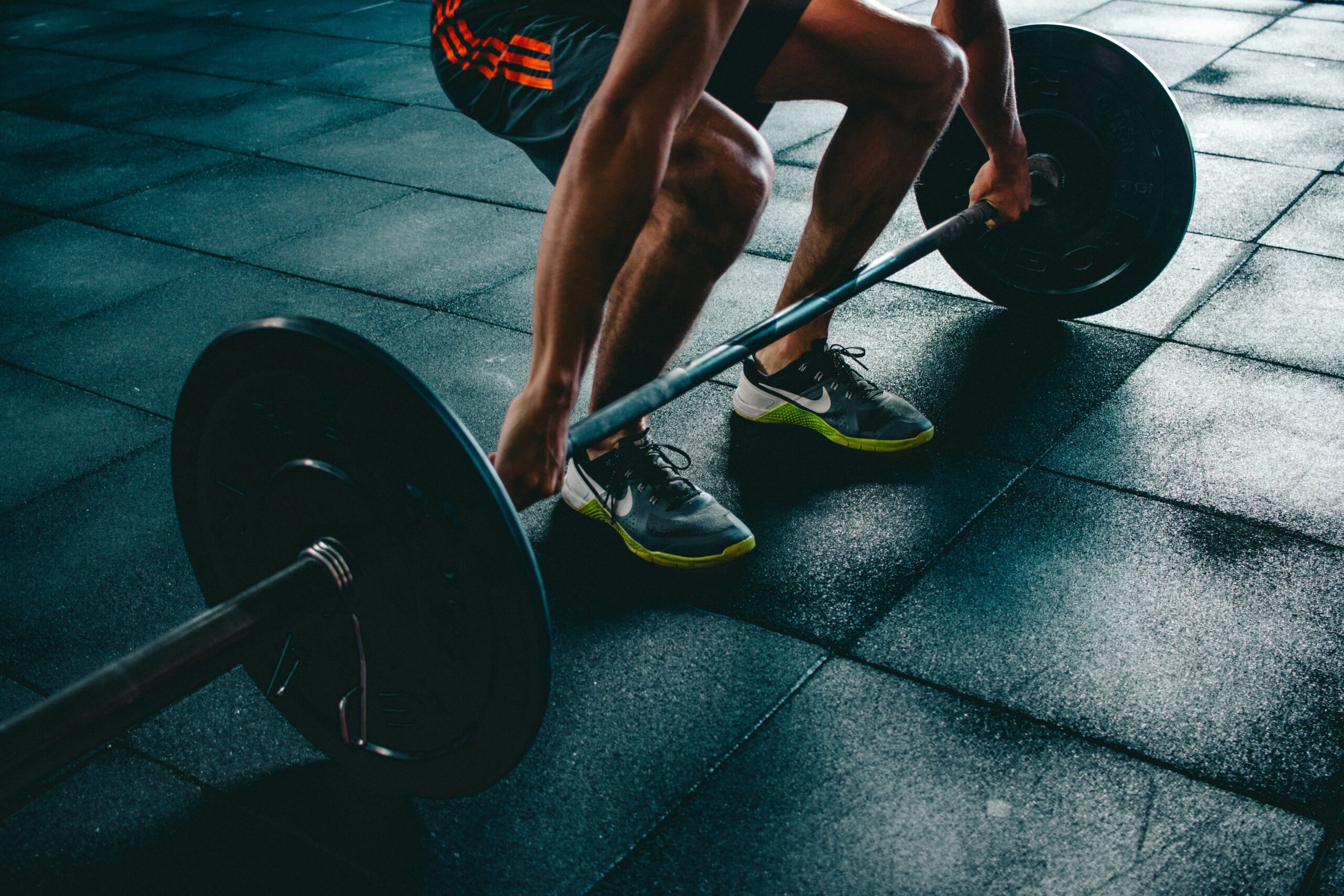The use of Performance Enhancing Drugs (PEDs) within the sporting world, is an act which is banned, but has remained present in the industry. Whilst these drugs are intended to enhance an athlete's performance, they are often accompanied with repercussions that can remove an athlete from their sport. Matthew Holmes investigates as to why athletes feel the need to consume PEDs in their sports.
The first recorded use of a PED dates back to 1904, during the Olympic Marathon, which saw runners Thomas Hicks and Frederick Lorz as the top competitors. Both runners completed the race in fraudulent style, but Hicks is the main man in question after it was discovered that he received a 1mg dosage of Strychnine Sulphate, on two occasions throughout the race.
Strychnine sulphate is described as a powerful stimulant of motor neurons, which control muscle contractions. At the time, it was not a banned substance, but it is now a requirement to have a license when obtaining the drug.
There are a variety of different PEDs, each serving a different purpose. Whether it be boosting testosterone, increasing strength or even weight gain/loss, one athlete's reason for PED use will not necessarily be the same as another athlete's.
Recently, France and Juventus footballer Paul Pogba was banned after testing positive for ‘Testosterone Metabolites’ which were present during his game against Udinese, in August of last year. The Frenchman hit back against the suspension, requesting a counter-analysis, which later returned with no changes.
In line with the test results, the National Anti-Doping Tribunal (TNA) in Italy concluded the case with Pogba receiving a four-year ban.
Speaking to Sky News, footballing expert Jonathan Johnson suggested this suspension could mark the end of the 31-year-old's footballing career.
Paul Pogba will be 34 years-old when his suspension is lifted.
Paul Pogba’s intentions have not yet been made clear, however his long list of injuries may well have played a contributing role in his decision to turn to Testosterone. Pogba most recent injury, as a result, was detrimental and cast him out of France’s World Cup squad heading to Qatar.
Despite the actions of a professional footballer being identified and penalised, Pogba, being a world-class level player, may inspire young athletes with his actions, causing them choose to do the same.
“This trend raises a lot of concerns, as many dedicated athletes are jeopardising their careers all for the sake of a pill or a needle.”
—Aragon St. Charles, Coach at Canterbury City Lacrosse
Times have changed, and certainly for Canterbury City Lacrosse coach Aragon St.Charles who reflects on his Lacrosse days. The days in which there were near to no performance-enhancing drug consumption. St. Charles confusion alone, surrounding the use of PED’s, speaks volumes.
“There are numerous performance-enhancing drugs available today, each designed to serve a specific purpose in helping athletes improve their performance, and for what? This trend raises a lot of concerns, as many dedicated athletes are jeopardising their careers all for the sake of a pill or a needle,” he said.
“When I was playing Lacrosse at international level, the primary substance of concern was alcohol, and how hungover it would leave us the morning of the match. The use of performance-enhancing drugs was simply not even a consideration at the time."
"Speaking generally, back in my playing days the sport of Lacrosse was, and still is, largely amateur and the notion of using these PEDs with flashy names, was virtually unheard of,” he added.
There is often a lot that separates sports played at a professional level, from sports at an amateur level.However both face the same issue that is understanding the confidence their athletes have in cheating.
“It was this ruthless desire to win."
—Lance Armstrong, interviewed by Oprah Winfrey in 2013.
One of the most infamous doping scandals in the sporting world is that of retired American road racing cyclist Lance Armstrong. A case that saw the 7x Tour De France Champion (at the time) being found guilty after it was discovered that the cyclist had been doping in secret. This ultimately led to his life-long suspension from the Olympics, the removal of all Tour De France titles and catastrophic damage to his image.
Despite confessing to his actions, he made the motives behind his doping activities very clear. In the interview where Armstrong revealed all, Oprah Winfrey asked the important question, which was simply, why?
“It was this ruthless desire to win, win at all costs truly. It served me well on the bike. It served me well throughout the disease. But the level that it went to be, was a flaw. The defiance and attitude, the arrogance, you can’t deny it.”
When asked about whether or not his 7 Tour De France victories would have been possible without the use of performance-enhancing drugs, he simply replied with “in my opinion, no.” This alone, shows just how far Armstrong was willing to go in order to win.
The actions of Armstrong may suggest that the once successful cyclist may well have been influenced by Bernard Weiner’s Three Dimensional Theory of Attribution. As mentioned to Oprah, Armstrong deemed it impossible to win 7 back-to-back Tour De France without the aid of PEDs. By using them, he was finally able to gain control of his ability and he found that his goals to become champion, were within reach now more than ever before.
Bernard Weiner concluded that there are three main characteristics that can influence motivation. These three are stability, locus of control, and controllability.
The stable factor in Armstrongs career is just having recovered from illness, he was back to square one. As a result, Armstrong began to envy his peers' success, which ultimately led to the realisation and acceptance of his own failures. In his interview with Oprah, he stated that “what he had, wasn’t what nobody else had” which implied that everyone within the sport was doping.
His decision to begin his doping journey, and a huge surge in victories, allowed for a rise in motivation. This accompanied by constant praise, had served in a sense that what he did was not wrong. He also stated that he never felt as if he was cheating.
There were no regulations or any punishments to steer athletes away from the use of performance enhancing drugs, which led to Armstrong’s continuous doping activities, where it almost became an essential part of the sport. He labelled his decision as “creating a level playing field.”
“There was an acceptance that doping was the only way to success and extrinsic rewards.”
—Sports Psychology Trainee Jack Marlow, in an article for Believe Perform.
Jack Marlow, a Sports Psychologist in training at Invicta Sports Psychology, carried out research into how Armstrongs decision to start doping, affected him going forward psychologically.
“When your goal is winning the Tour de France multiple times with high extrinsic rewards, focus shifts towards the possible positive outcomes and away from the process of attaining that outcome,” he wrote in his article.
“There was an acceptance that doping was the only way to success and extrinsic rewards.”
With Armstrong solely focused on winning, nothing else mattered to him. The trust he put in his medical team in order to take these PEDs, he was not given a reason to not take these drugs.
The idea that success is only achievable by taking these performance-enhancing drugs is a thought that goes through the minds of many. The high level of competition within sports which encourages athletes, often in the same team, to fight for the top spot is often seen as encouraging. However, research surrounding the chances of reaching professional level in sports such as football suggests otherwise.
It is said that only 180 of the 1.5 million youth players in the UK, will ever play at professional level. That narrows down to a 0.012% chance, which will certainly be demotivating for some.
“Some of these fighters had been evidently taking PEDs but were not mentioning it in their medical reports. Because there was no regulated blood work procedure, I realised anything I took would go unnoticed.”
—James Gudgeon, Amateur MMA fighter.
Where athletes are always looking to get an edge on one another, the stakes are often higher than athletes anticipated. Amateur MMA fighter James Gudgeon discussed the issues he had with competing against his peers, to which he admits, had an advantage over him.
“From the beginning of the camp, I had my doubts on whether the fight match ups would be fair, however once I met the rest of the fighters and my potential opponents, it became very clear that many had a great physical advantage over myself and the other fighters.”
“Some of these fighters had been evidently taking PEDs but were not mentioning it in their medical reports. Because there was no regulated blood work procedure, I realised anything I took would go unnoticed,” he said.
“This realisation then led me to consider taking a form of PEDs myself, or at the very least increase my testosterone medically in order to keep up with my opponents.”
“It was quite a non-professional venue with near to no regulations. The only thing they educated us on was the dangers of caffeine products and how to consume them in a more controlled fashion,” he added.
At only the age of 22, Mr Gudgeon fits under the category of young adults, with athletes of an even younger age being exposed to these flashy performance-enhancing drugs, heavily influencing their motivation to turn to these methods. However, there are companies that have been built to understand and tackle these motivations.
Project SAFE YOU, is a research project that was created to educate young athletes to understand the body, and exactly what substances they are putting inside. According to Andy Hudson, Associate Dean for Education Partnership, it was found that the consumption of these PEDs amongst 16-25 year-olds was higher than they originally anticipated.
This development is a huge step in the right direction and has tackled one of the biggest problems surrounding the reasons as to why PEDS are taken, which is simply the lack of education on the matter. By educating the youth on the dangers of PED use, it flips the script entirely and allows for these athletes to have their motivation to take PEDS, shifted into motivation to not take them.
“Working for the national governing body in coaching, it was crucial to educate coaches and introduce them to the subject of doping.”
—Joey Burnett, Sports Coach.
With over 15 years of experience in the sporting industry, Coach Joey Burnett was working for the national governing body in coaching when it became apparent to him that the education on doping needed to be introduced.
“It’s unfair to dope, in competing sports such as 'The World's Strongest Man' or 'Mr Olympia', they are all doping. The idea of a sport is for you to perform and in a sense leave it to your natural body to do all the work.”
“Working for the national governing body in coaching, it was crucial to educate coaches and introduce them to the subject of doping.”
“There are simply not enough precautions in place to prevent the use of drugs in sport. I used to work in an industry where almost everyone took steroids. Each athlete belonged to a different sport, with one being a bodybuilder, one being a powerlifter and one being a cage fighter, who had an encounter with UFC Champion Conor McGregor.”
“The cage fighter was so blase about it. He was drug tested accordingly on numerous occasions, but he knew his way round it. He also had no fears about getting caught, which goes to show how non intimidating the punishments were.”
“In bodybuilding, the bodybuilder stated that the pressures of the competition often got to him. He almost felt like he had to take steroids in order to perform. He stated he was unable to get the pump he would in the gym. He simply had a lack of confidence and it took a negative toll on him, which led him to take them.”
“In powerlifting, he almost became psychotic throughout his cycle. He was very open about taking drugs and was endulged into the powerlifting world that he was now a part of. However he did not do enough scientific research and was uneducated on what he was taking. He became unstable and was fired from our job. The steroids deteriorated him, he was unstable.”
“Testing is too hazy; it is near impossible to form an opinion. Bodybuilding, powerlifting, there are no signs of testing anywhere within that sport. In combat sports such as UFC, Boxing there are tests, however, a lot of them work around it so there almost isn’t a final solution. You test or don’t test, the outcome will often be the same.
There is undoubtedly a wide range of reasons as to why athletes take these drugs, which is often down to the wide range of PEDs that are available to these athletes. In some ways, athletes cannot resist the temptation of obtaining a drug suitable to them.
“There’s drugs for everything, I felt like I was spoilt for choice.”
— A 22-year-old amateur MMA fighter
A 22 year-old bodybuilder, who also took part in MMA, was looking to improve their physique when they were exposed to a variety of different PEDs, which at the was like ‘music to their ears’
“I wanted to be bigger. I wanted to push myself and compete at a higher level, so I began weighing up my options.”
“I discovered that there’s PEDs for everything, I felt like I was spoilt for choice."
"Helping stamina, strength, sleep, you name it, pick your poison.”
“The list is long and will continue to grow. The drugs are different, the effects are different, but the punishment is the same.”
“It’s a constant loop. The more unidentifiable the drug becomes, the more the tests improve in identifying the drugs.”
—Elliot Smith, Qualified Sport & Exercise Pyschology & Performance Consultant.
Elliot Smith, a qualified Sport & Exercise Psychology & Performance Consultant, has worked with a variety of different clients, ranging from golf players to competitive coaches. Having studied at Loughborough University, he is aware of the issues surrounding doping in the sports industry. He explained that the use of drugs is equivalent to a ‘chain reaction’ and is often down to the culture of the sport.
“Hypothetically, if two athletes are competing against each other, and athlete A is doping to compete at a higher level than athlete B, this will ignite a thought in Athlete B that in order to keep up with Athlete A, he must also follow suit and dope. This will then continue all the way down to the final competitor, in which the idea of a level playingfield, will be present.
“The process of doping takes time, and the decision to dope is dangerous. Once an athlete is committed to taking the substance, it becomes the norm in their sport. This reliance and obsession with being the best, is the worst concoction that an athlete can apply to their hard work.”
With drug tests being a crucial part in most sports, when a doping athlete is not caught out for whatever reason, they are provided with a sense of immunity, to which they believe that their drug of choice is simply untraceable. This motive alone is dangerous and raises the question as to whether there is a solution.
“It’s like an arms war. It’s a constant loop. The more unidentifiable a drug becomes, the more the tests will improve in identifying the drug. One will never top the other and doping will always be present in sports.”
The idea of moral disengagement is the way we justify doing things that are deemed unethical. This alone is dangerous, as it gives athletes the impression that anything they do is correct, including the use of PEDS. As stated, Armstrong presented a perfect example of this in himself, where he explained that what he was doing, was not unique to him. It becomes a “they did it, why can’t I” mindset which sees athletes become heavily influenced by the actions of others.
With big fitness/athletes present on social media applications, in line with their own individual algorithms, their content will appear on a user's tailored page quite frequently. The issue with this, is that often, these influencers are of a more mature age in which they understand purpose of these performance drugs on a more professional level. When a young athlete views his favourite star and sees him taking said drugs, it is highly likely that they will be easily influenced to do the same.
“I think people are influenced by social media and big names in the sport and fitness industry, and don’t understand the precautions and dangers of it and the necessary details needed to be on substances and limit the side effects.”
—Max Brunetti-Leach, Club Manager & Online Fitness Coach at Snap Fitness.
Max Brunetti Leach, Manager at Snap Fitness understands the importance of keeping your body at a natural state in the sporting world. Brunetti-Leach, is also an online coach who aspires to help clients achieve their fitness goals in a clean healthy way. Despite the dangers in taking these substances, the 24 year-old believes that PEDs can be taken when in a more moderate fashion.
“I do honestly think they are harmful to the average gym goer as it can really affect their health. They should only be used for the competing ‘athletes’ and when supervised by a team,” he said.
“I think people are influenced by social media and big names in the sport and fitness industry, and don’t understand the precautions and dangers of it and the necessary details needed to be on substances and limit the side effects.”
"My gyms view is that it is banned. You cannot take them on site, however people can usually tell when members are using. There are other gyms that are a lot more open to the use of performance drugs as a lot of their member base are using due to competing," he added.
"I don’t feel regulations are an issue as people still find ways to obtain them, but there needs to be more information about the dangers of it."
Athlete’s tend to lose sight of the sole purpose of sports, which is to train a healthy and natural way, and to compete in a healthy and natural way. To maintain a balanced lifestyle and to take good care of their health. It is also important to note that an athletes health is also a responsibility of their team and their medical persons.
The idea that an athlete should be motivated to doping within their sport is one that their team should encourage and attempt to reverse, by covering a sufficient amount of teaching on the negative effects of taking PEDs. As well as educating these athletes, it is important to listen and understand their feelings and thoughts as to why the thought of doping has entered their mind.
By creating an open discussion, which are the aspirations of the project SAFE YOU, it will allow for a safe space for athletes to gain confidence through the discussion of doping, rather than the act of doping itself.








